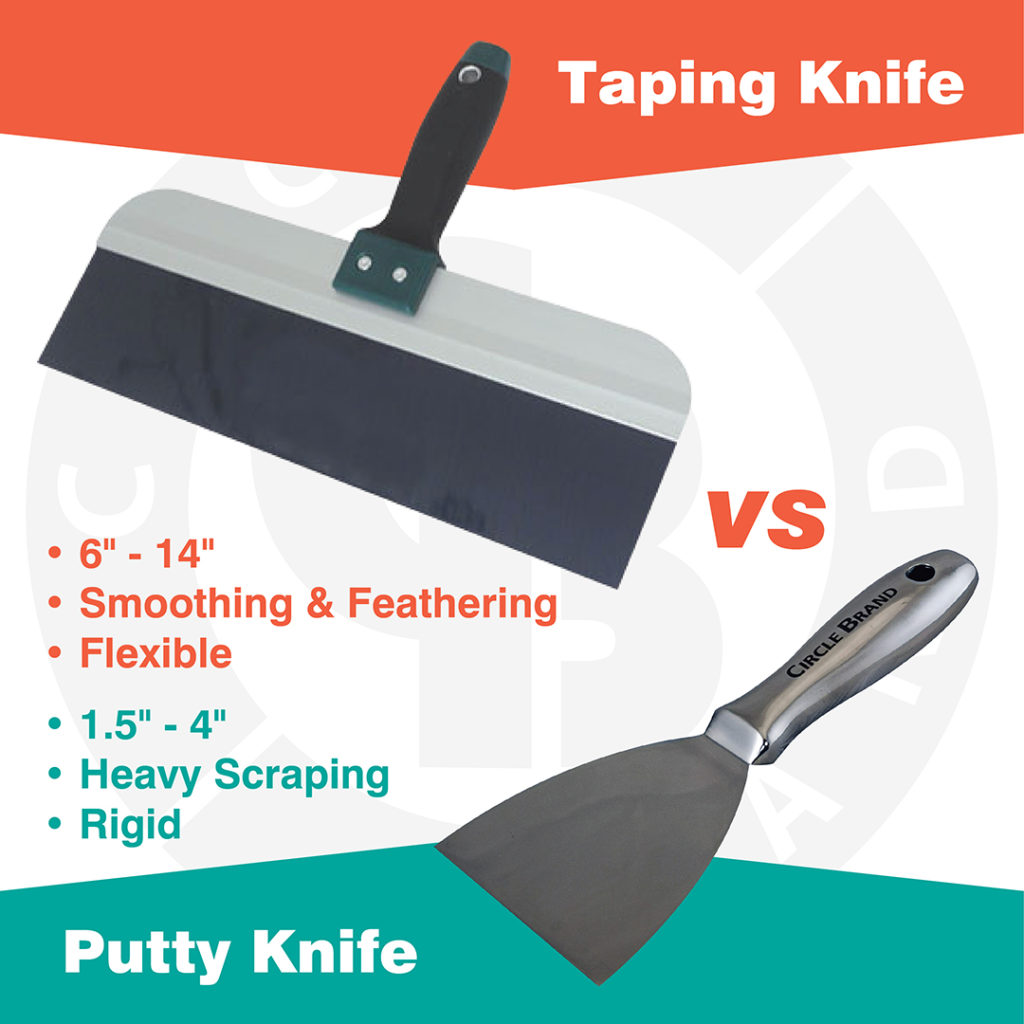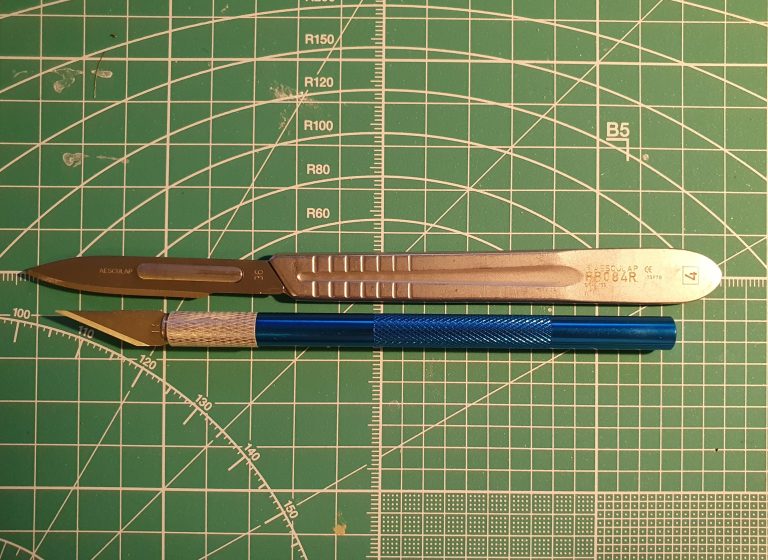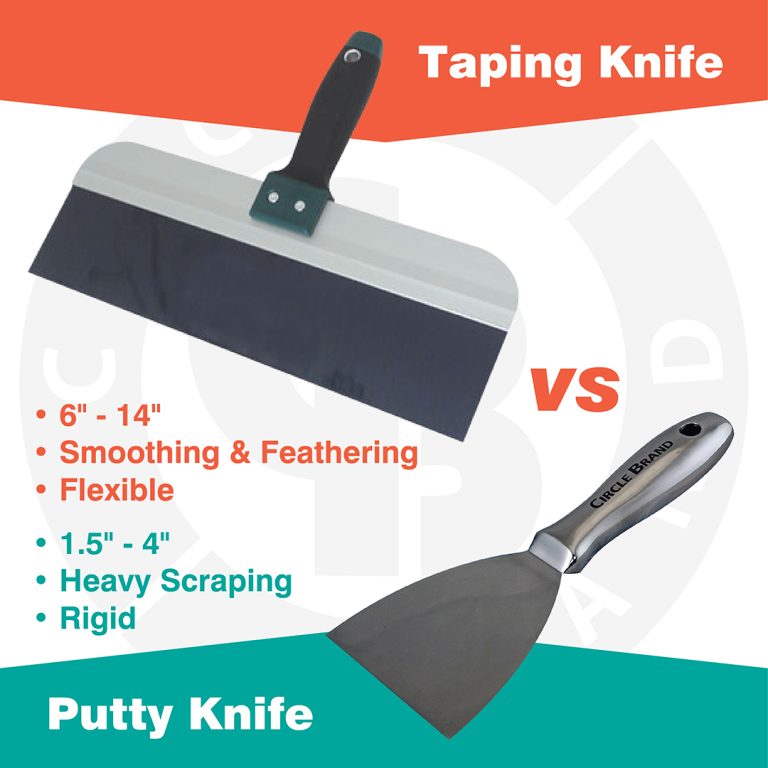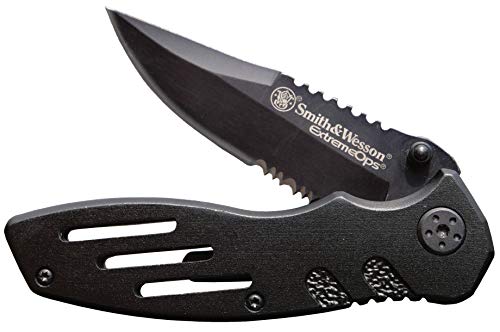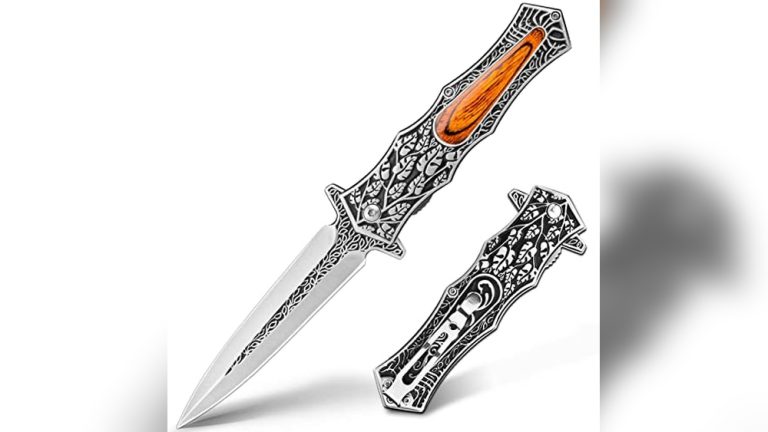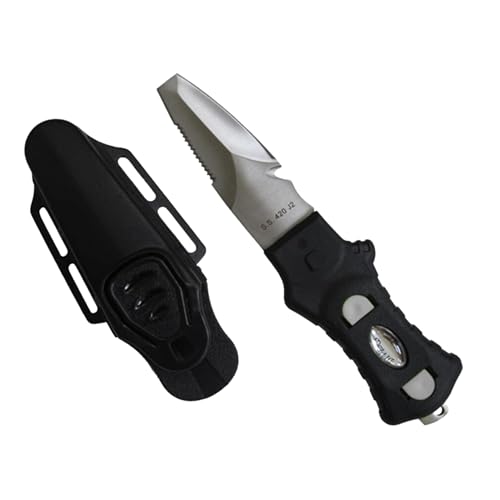Taping Knife Vs Putty Knife: Which One Should You Use?
Taping Knife Vs Putty Knife: Both are essential tools for drywall and repair work. But they serve different purposes and have unique features.
Understanding the differences between a taping knife and a putty knife can save you time and effort. A taping knife typically has a wider blade, perfect for spreading joint compound over large areas. In contrast, a putty knife is more versatile with a smaller blade, ideal for filling small holes and cracks.
Knowing which tool to use for your project can make a significant difference in the outcome. Let’s explore the distinct characteristics and uses of these two tools to help you choose the right one for your needs.
Taping Knife Basics
A taping knife is a crucial tool for drywall work. It helps achieve smooth and even surfaces. This tool is a must-have for both professionals and DIY enthusiasts.
Design And Features
A taping knife has a wide, flexible blade. The blade can range from 6 to 12 inches. The handle is ergonomic for comfortable grip. The blade is usually made of stainless steel. This prevents rust and ensures durability. Some taping knives have a slight curve. This design helps spread joint compound evenly.
Common Uses
The taping knife is perfect for applying joint compound. It helps fill seams and gaps in drywall. You can use it to apply tape to joints. This tool also works well for smoothing large areas. It can cover nail or screw holes. A taping knife can even be used for scraping off old paint or wallpaper.

Credit: wallboardtrim.com
Putty Knife Basics
Understanding the basics of a putty knife can help you choose the right tool. A putty knife is essential for many home improvement projects. It is versatile and easy to use.
Design And Features
A putty knife usually has a flat, flexible blade. The blade is often made of stainless steel. This makes it durable and resistant to rust. The handle is ergonomic for a comfortable grip. Some handles are made of wood, while others are plastic. The blade width can vary, typically ranging from 1 to 6 inches. A narrow blade is ideal for small areas. A wider blade covers more surface area.
| Feature | Description |
|---|---|
| Blade Material | Stainless Steel |
| Handle Material | Wood or Plastic |
| Blade Width | 1 to 6 inches |
| Flexibility | Flexible Blade |
Common Uses
A putty knife is used for many tasks. It is often used to apply and smooth putty. This helps fill in holes or cracks in walls. The flexible blade makes it easy to spread materials evenly. It is also useful for scraping off old paint or wallpaper. You can use a putty knife to remove caulk or sealant. It can even help with cleaning up dried glue.
- Applying and smoothing putty
- Filling holes or cracks
- Scraping off old paint
- Removing wallpaper
- Removing caulk or sealant
- Cleaning up dried glue
Key Differences
Understanding the key differences between a taping knife and a putty knife can help you choose the right tool for your project. Both tools have unique features that suit specific tasks. Let’s break down their main differences.
Blade Material
The blade material is crucial for the performance of these tools. Typically, taping knives have stainless steel or blue steel blades. These materials provide flexibility and durability. On the other hand, putty knives often have blades made of carbon steel or plastic. Carbon steel blades are strong and rust-resistant, while plastic blades are lightweight and ideal for small tasks.
| Tool | Blade Material |
|---|---|
| Taping Knife | Stainless Steel, Blue Steel |
| Putty Knife | Carbon Steel, Plastic |
Blade Flexibility
Blade flexibility is another important factor. Taping knives are designed with flexible blades. This flexibility allows them to spread joint compound smoothly over large surfaces. Putty knives, in contrast, have stiffer blades. The stiffness helps in applying and scraping putty on smaller, more precise areas.
- Taping Knife: Flexible blade for smooth application.
- Putty Knife: Stiff blade for precise scraping and application.
Knowing these differences can make your work easier and more efficient. Choose the right tool based on your specific needs and the task at hand.
When To Use A Taping Knife
A taping knife is a crucial tool for many home projects. Its broad blade allows you to spread materials evenly. This makes it perfect for tasks that need a smooth finish. Knowing when to use a taping knife can save time and effort. Let’s explore two common uses.
Drywall Applications
Use a taping knife when working with drywall. This tool helps spread joint compound over seams. It also covers screws and nails. The wide blade ensures an even coat. This reduces the need for sanding later.
A taping knife is also great for patching holes in drywall. Apply compound to the hole and smooth it out. The result is a seamless repair that blends well with the wall.
Large Surface Areas
Taping knives are ideal for large surface areas. They cover more ground in one swipe. This is useful for skimming walls or ceilings. The wide blade ensures a smooth, even coat of compound or plaster.
These knives also help with applying wallpaper adhesive. Spread the glue evenly over a large area. This prepares the surface for the wallpaper. It ensures a smooth finish without bubbles.
When To Use A Putty Knife
Understanding the differences between a taping knife and a putty knife can make your DIY projects much smoother. The putty knife is a versatile tool ideal for various tasks around the home. This section will discuss when to use a putty knife in your projects.
Small Repairs
For small repairs, the putty knife is your best friend. It helps in filling minor holes and cracks. You can use it to apply spackling paste or wood filler. Its small size makes it easy to control. This ensures a smooth finish.
Here’s a quick guide on how to use a putty knife for small repairs:
- Clean the area to be repaired.
- Apply the filler with the putty knife.
- Smooth out the filler with the knife’s edge.
- Allow the filler to dry and then sand if necessary.
Detail Work
The putty knife is also excellent for detail work. It is great for removing old paint or wallpaper. The knife’s thin, flat blade can get into tight spaces. This makes it perfect for scraping off layers without damaging the surface.
Here are some tips for using a putty knife in detail work:
- Hold the knife at a 30-degree angle.
- Apply gentle pressure to avoid gouging the surface.
- Work in small sections for better control.
In summary, a putty knife is invaluable for small repairs and detail work. This tool offers precision and control for various tasks. Always have one in your toolkit for those unexpected repairs.

Credit: www.youtube.com
Pros And Cons
When choosing between a taping knife and a putty knife, understanding their pros and cons is crucial. Each tool has its strengths and weaknesses, making it suitable for different tasks. Below, we break down the advantages and disadvantages of both tools.
Taping Knife
A taping knife is essential for drywall tasks. It helps smooth out joint compound and cover seams. Here are the pros and cons:
| Pros | Cons |
|---|---|
|
|
Putty Knife
The putty knife is versatile for various filling and scraping tasks. Let’s look at its pros and cons:
| Pros | Cons |
|---|---|
|
|
Choosing the right tool depends on the task at hand. Each has unique benefits and limitations. Understanding these can help in selecting the perfect tool for your project.
Choosing The Right Tool
Choosing the right tool for your project can make a big difference. In this section, we will explore the factors to consider. This will help you decide between a taping knife and a putty knife.
Project Requirements
Your project will dictate the tool you need. A taping knife is best for large drywall jobs. It spreads joint compound evenly over seams. It also smooths out large surfaces.
A putty knife is ideal for smaller tasks. Use it to fill small holes and cracks. It is also great for scraping off old paint or glue.
The table below compares typical uses:
| Tool | Best For |
|---|---|
| Taping Knife | Large drywall jobs, spreading joint compound |
| Putty Knife | Filling small holes, scraping surfaces |
User Skill Level
Consider your skill level before choosing a tool. A taping knife requires some practice to use well. It can be tricky for beginners.
If you are new to DIY projects, start with a putty knife. It is easier to handle and more forgiving. You will find it useful for various small tasks.
Even if you are experienced, using the right tool for the job is crucial. This ensures a smooth and professional finish.

Credit: hydetools.com
Frequently Asked Questions
What Is A Taping Knife Used For?
A taping knife is used for applying joint compound to drywall seams. It’s essential for achieving smooth finishes.
How Is A Putty Knife Different?
A putty knife is primarily used for applying and smoothing putty. It’s ideal for filling holes and cracks.
Can I Use A Taping Knife For Putty?
Yes, but it’s not ideal. Taping knives are larger and less precise for small repairs.
Which Knife Is Better For Drywall?
A taping knife is better for drywall work. It provides a smoother finish on large surfaces.
Conclusion
Choosing between a taping knife and a putty knife depends on your task. Taping knives are best for spreading joint compound smoothly. Putty knives, on the other hand, excel at filling small holes and cracks. Each tool has its unique purpose.
Understanding these differences will help you achieve better results. Always select the right tool for the job. This ensures a professional finish. Happy renovating!

